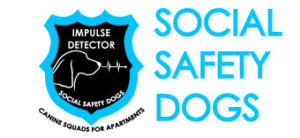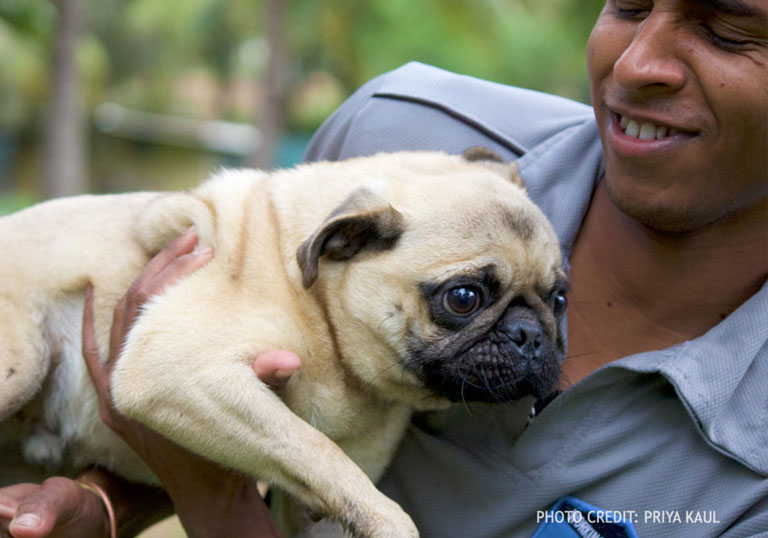Sruthy Susan Ullas, TNN on July 29, 2012
BANGALORE : If you happen to see a mongrel at the end of a leash sniffing for bombs next time you visit a mall, don’t be taken aback. Even as the city is debating the ethics of culling stray dogs, a group of animal lovers plans to train dogs for various purposes.
The Youth Canine Welfare Association, a group of 30 college students, and Great Indian Dog Project Association, a group of working professionals, have given a proposal to the BBMP to allow them to rehabilitate dogs in its shelters.
The plan to train these dogs for bomb detection, therapy, seizure warning and guard duty. “We like to believe that stray dogs are inferior. We need to prove it’s wrong. Instead of letting these dogs die, we can give them a better life where they can earn for themselves,” said Pranav Dinakar, a final-year BCom student, Jain University.
“We don’t need Labradors to trace bombs. We can use strays too. Stray dogs have additional advantages — they have greater resistance. Having lived on the streets they can withstand extreme weather, hunger, pollution and tough situations,” said canine behaviourist Amrut Sridhara Hiranya.
Training strays is like training other breeds, say experts. “If Labrador is for sniffing and Doberman for guarding, stray dogs have a bit of everything. The selection process would be tedious but training them would be easy,” he said.
“We met with BBMP and gave this suggestion. We’re yet to get a concrete answer,” said Jaysal Jagadish, who runs a web-designing company. “Once dogs are trained for specific purposes, we can give them for adoption appropriately. For example, there can be malls or old age homes which can adopt them as per their needs,” he added.
“Trained stray dogs can be champions for others. For instance, when people watch them on duty in a mall, they may want to adopt strays,” said Amrut.
These organizations have also pitched an idea to train street dogs which chase vehicles and animals. “This can be done with the help of residents. If a resident lets us know who the pack leader is (mostly the one who starts barking first), we can train him and put him back on the streets.”



